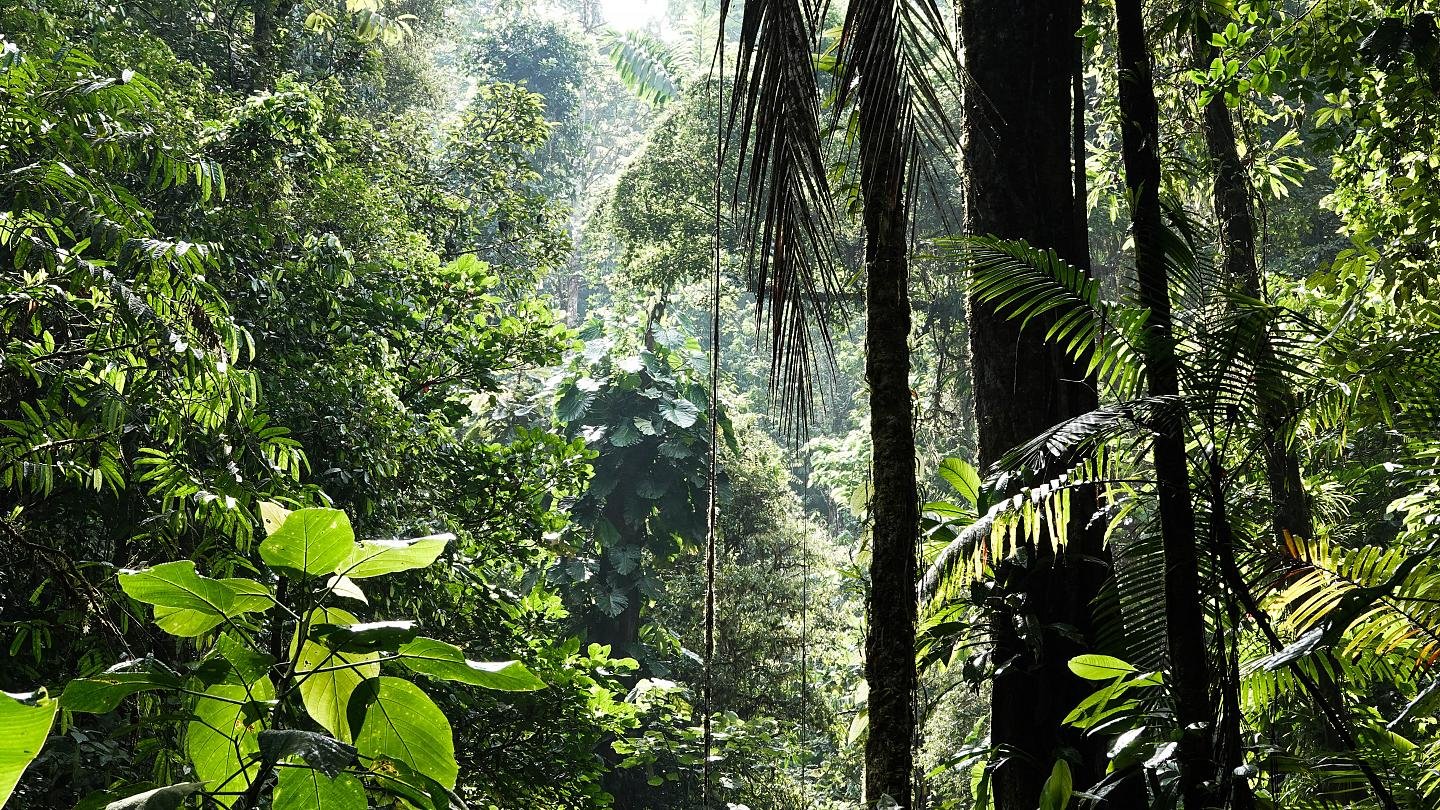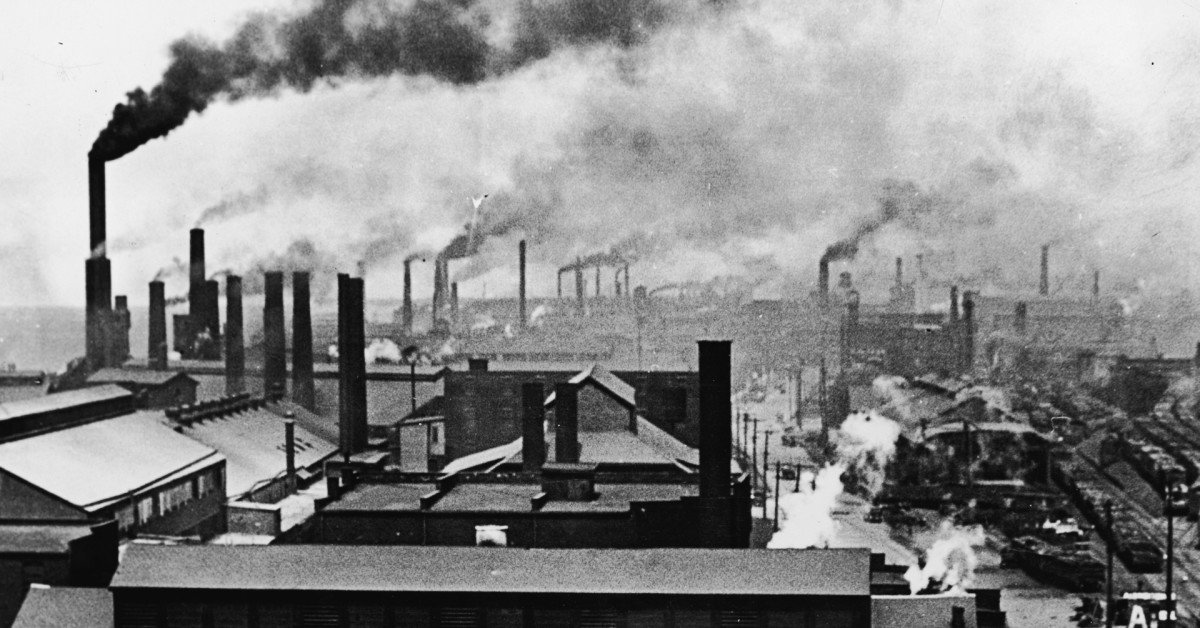#EXPLAINED: the biodiversity loss crisis
#EXPLAINED is an ongoing series where we dive into one of the many buzzwords used in the environmental space or other concepts you may have heard of, explaining what they mean and any key theories within them. The goal is to make environmental concepts more approachable and exciting to learn about.
We hear a lot through mainstream media and social media about the climate change crisis, but there is a second, less covered crisis our planet is facing and that is the crisis of biodiversity loss. This is the focus of our #EXPLAINED blog post today!
Biodiversity defined
The tropics support a massive amount of earth’s biodiversity!
Simply put, biodiversity refers to the variability of life on earth. Scientists estimate that from a species perspective, there are approximately 8.7 million (!!!) different species on earth, of which we have identified 1.2 million. A discrepancy exists between known and unknown because some species may live in harsh climates that we have not yet visited extensively or at all (like the bottom of the ocean), they may be difficult to view (like bacteria in our gut), or they may appear identical to a known species when in fact they are distinct. In addition to biodiversity as a function of variation in species, biodiversity can also be measured at the genetic level and at the ecosystem level. We will mostly be focusing on biodiversity of species in this post.
A balance of life and death
Over the long term, new species emerge through a process called speciation. At the same time, species also go extinct. In fact, extinction is a perfectly normal phenomena in the natural world! There is even something called the “background extinction rate”, which refers to the number of species expected to die off over a period of time based on natural, non-human factors. There is some dispute over what that number is but most estimates put it at between 0.1 and 1 species extinction per 10,000 species per 100 years. Some periods in earth’s history, however, have seen extinction rates exceed the background extinction rate and these are called mass extinctions. The one you may be most familiar with is the Cretaceous–Paleogene extinction event, where scientists estimate that an asteroid killed up to 75% of life on earth, including the dinosaurs.
Biodiversity loss and the sixth mass extinction
The industrial revolution via History
Things started to change on earth at around the time of the first industrial revolution. Species began to go extinct at a much faster rate than the background extinction rate - up to about 1,000x faster as of today. In addition to the change in magnitude, this jump in extinction has been due to human-driven activities as opposed to natural phenomena. In fact, humans have changed our earth so much in the years following the industrial revolution that scientists have proposed a new geological time period called the Anthropocene (the period of “humans”) to describe it as well as posited that we are in the midst of another mass extinction - the sixth known - this one due to human activity. The Living Planet Report in 2020 estimates that 68% of species have been lost in the last 50 years alone due to human-driven activity. This is what is meant by the biodiversity crisis.
The biodiversity crisis key drivers
There are a number of human-driven activities that are contributing to the biodiversity crisis and oftentimes they may work together synergistically to create a more negative impact together than they would alone. They include:
Overexploitation, which refers to harvesting natural resources faster than they can reproduce. The most stark and pressing example of overexploitation surrounds unsustainable harvesting of fish from the oceans.
Climate change, which refers to a change in climate due to increased levels of greenhouse gases when fossil fuels are burned
Invasives, which are non-native plants that are introduced into environments in which they do not naturally occur, usually due to humans, where they may grow extensively in number and outcompete native plants/change the habitat for native animals
Any pathogen whose transmission is facilitated due to human-activity and affects the natural world
And habitat loss, which is the single biggest driver of extinction today
A forest is cleared. Image via Getty.
More on habitat loss…
Given habitat loss is the number one cause for species extinction, it’s worth diving into it a little bit more. There are three key changes to habitat that affect the natural world. The first is habitat destruction, which is a complete and outright loss of habitat. The most widespread culprit behind habitat destruction is the conversion of pristine natural habitat into agricultural land to produce the large amount of food we use (upwards of 40% of which we waste). The second is habitat degradation, which involves changes made (often chemically) to an environment that make it less hospitable to the things that live there. An example of this would be a mine polluting a nearby lake that is home to a number of different species. Finally, habitat fragmentation refers to splicing one large, continuous habitat up into several smaller pieces, which hinders movement for animals and dispersal of plants. An example of this would be building roads through a forest to facilitate the movement of humans in cars.
What you can do
The good news is, awareness of the biodiversity crisis has increased in recent years and there are a number of actionable ways to combat it! We have highlighted a few below at both the household or local level and beyond.
At home/locally
The David Suzuki Foundation’s Butterfly Way Project. Image via CBC.
Consider planting native species of plants instead of non-natives to help attract pollinators (more on that via Ontario Nature)
Take part in No Mow May, or consider doing away entirely with the classic lawn to create a more productive outdoor space
Volunteer with your local conservation authority to help plant native plants, remove invasives, or clean-up where you live, or consider supporting them financially if you have the means
Shop local for your produce (and other goods) and consider eating what is in season locally
Avoid all food waste, carefully plan your recipes and take stock of what is in your fridge to see what has an upcoming expiration date and needs to be eaten
Avoid single-use where you can, as plastic in marine habitats in particular is a major problem. With respect to food services, consider ordering your next takeout meal in Suppli’s reusable containers.
Consider participating in Meatless Mondays, or reducing your meat consumption (if you have a meat-based diet) to a level you are comfortable with
Make informed purchases, do your research into brands and look for confirmation that they source materials responsibly
Where you can, reduce and reuse what you have instead of buying new
Avoid products (that can range from beauty products to chocolate, to name a few) with palm oil
Look to support regenerative agriculture practices
Beyond
Consider volunteering with national or global organizations focused on conservation, like World Wildlife Fund, or supporting them financially
Reduce how often you fly, especially short-haul, if you can
Vote in politicians who support protecting our wild spaces and places, who believe climate change and biodiversity loss is real and who have actionable steps within their campaign to combat these crises
Want to learn more about biodiversity loss and what you can do to “bend the curve”? Check out WWF’s full Living Planet Report.
A couple of other resources, for your interest:
Conservation success stories here
The Sixth Extinction (An Unnatural History) by Elizabeth Kolbert
A Life on Our Planet by David Attenborough
Cover image courtesy of greensaver.org




